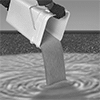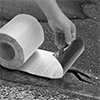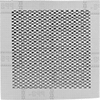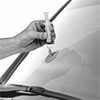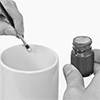Filter by
For Use On
Container Type
Color
Formulation
Maximum Temperature
Reaches Full Strength
Begins to Harden
Container Size
Clarity
Manufacturer
Manufacturer Model Name
Container Net Weight
Approximate Coverage @ Thickness
DFARS Specialty Metals
Minimum Temperature



































































